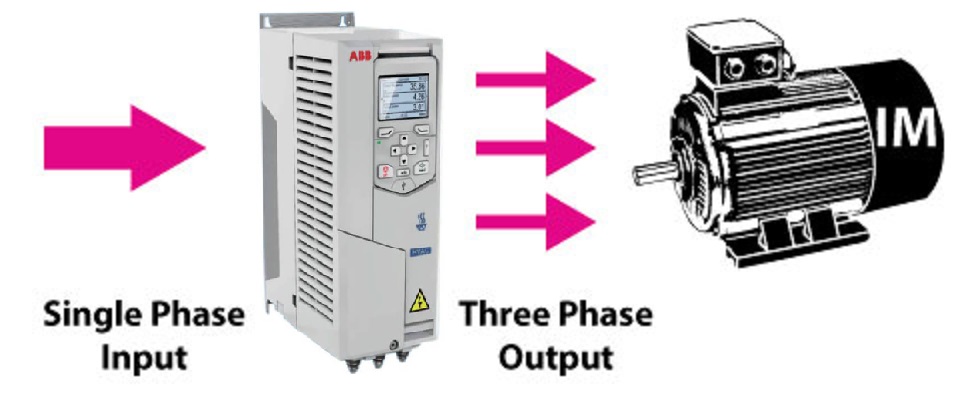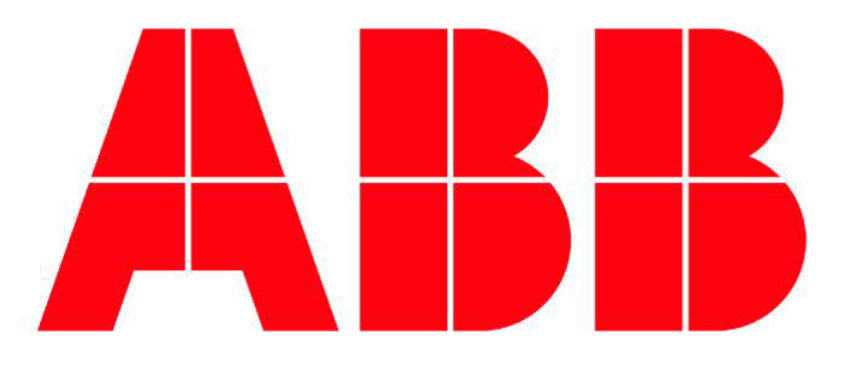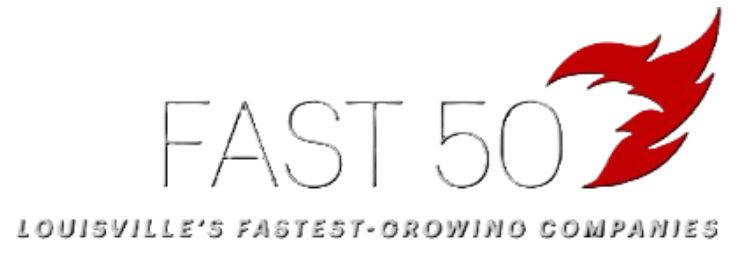January 22, 2021
By Luke Powell, WELL AP, LEED AP
When you’ve been the “VFD Expert” in your state for the last 27 years, you come across many unique applications. One that I would not consider unique, but that we are asked about all the time is using a Variable Frequency Drive when all you have is single phase power.
The question is usually, “Can I put a VFD on a single phase input feed and still run a three phase motor?” The simple answer is yes. There are single phase VFDs available for small and fractional motors, but once you get closer to 10 horsepower, you will likely have a 3 phase motor. Also, not all single phase motors are designed to operate at partial speed. Lots of variables revolve around single phase motors and VFD usage, it can get complicated quickly. But not if you have a 3-phase motor.
It is possible to input single phase (230 volt) power to a VFD and output variable voltage to a 3-phase induction motor. The VFD can be treated as a phase converter.
Sometimes in rural areas or older facilities, single phase input voltage is all that is available. The good news is that a VFD can be powered off of this single phase input voltage.
VFDs control the output speed, torque, direction, and horsepower of connected electric motors by varying their energy input—specifically the voltage and frequency. They are available in three main types, each of which is characterized by the technique employed to alter the energy input. The three types are:
- Pulse Width Modulation (PWM), which changes output frequency by changing the width of the output voltage waveform
- Current source inverter, which converts constant input DC current to a variable output AC current
- Voltage source inverter, which converts constant DC voltage to variable AC voltage
VFDs used for HVAC applications today are typically AC and use pulse width modulation (PWM). The variable frequency drive converts AC power to direct current (DC) power using rectifiers that act as one-way gates for current. Insulated gate bipolar transistors (IGBT) convert the DC power back to AC power.
Single phase input power means only two conductors instead of three are connected to the input side of the drive.
There are some concerns around powering a drive from single phase voltage:
- The input current to a single phase drive will be almost twice (√3 = 1.73) that of a three phase input power. The drives diode bridge (converts an AC input into a DC output) will be seeing higher currents than it initially was designed for.
- The DC bus will have a higher ripple current, thus causing extra heating of the bus capacitors as they charge and discharge greater amounts compared to having three phase input power.
The solution to these concerns is to de-rate the drive.
De-rating = Determining the new maximum output current rating of a drive less than its nameplate due to environmental conditions, operating setup, and/or input power source.
There are many reasons to de-rate a drive.
- Factors such as altitude and ambient temperature can limit the ability of the drive to remove heat from its heatsink.
- Carrier frequency settings contribute to a drives heat production.
- De-rating is needed to protect electronic components from overheating and failure.
For single phase input power, you de-rate the drives output current/power by 50%.
Example for De-Rating a Drive with single phase input power: 10HP, 208 volt, 1725 RPM motor rated at 27 Amps full load (FLA)
27 Amps x 2 = 54 Amps
Standard 20HP, 208 volt drive is rated at 59 Amps, which is greater than 54 Amps, so a 20HP drive could be used.
*You normally can just double the HP value, but I would recommend verifying the drive current is at least doubled the motor current also.
Note that input wire sizing and input short circuit protection should be based off the drive size for single phase input.
All drive parameters are factory set to operate with three phase input power. As such, the drives output current limit must be adjusted based on the de-rate.
Aside from being able to control the motor speed, there are several other advantages that you get from VFDs that would make using them worthwhile, even if all you have is single phase power.
- Over/Undervoltage – Automatically shutdowns when there is a brownout or power surge.
- Motor Overheat – This option requires a thermistor or motor temp sensor. It protects the motor investment and is a good idea for expensive motors, difficult to service motors, and high ambient temperature applications.
- Overcurrent protection – This could detect an abnormal fault like a shorted motor winding and shutdown.
There are many more protective features for sure, but you get the idea.
Finally, it is also a good idea to have internal impedance equivalent to 5% when applying single phase input power to a drive. This 5% impedance may be from dual (positive and negative DC link) chokes, or AC line reactor. During power-up, the drive will have an inrush of charging current to the unit. The 5% impedance will help reduce the peak charging current and protect the VFD’s input rectifier stage.
Air Equipment Company is your full-service Variable Frequency Drive source. Providing sizing, application assistance (redundant packages, bypasses, multiple motors, etc.), start-up, commissioning, troubleshooting, service and parts support. Please contact us and let us know how we can help!




